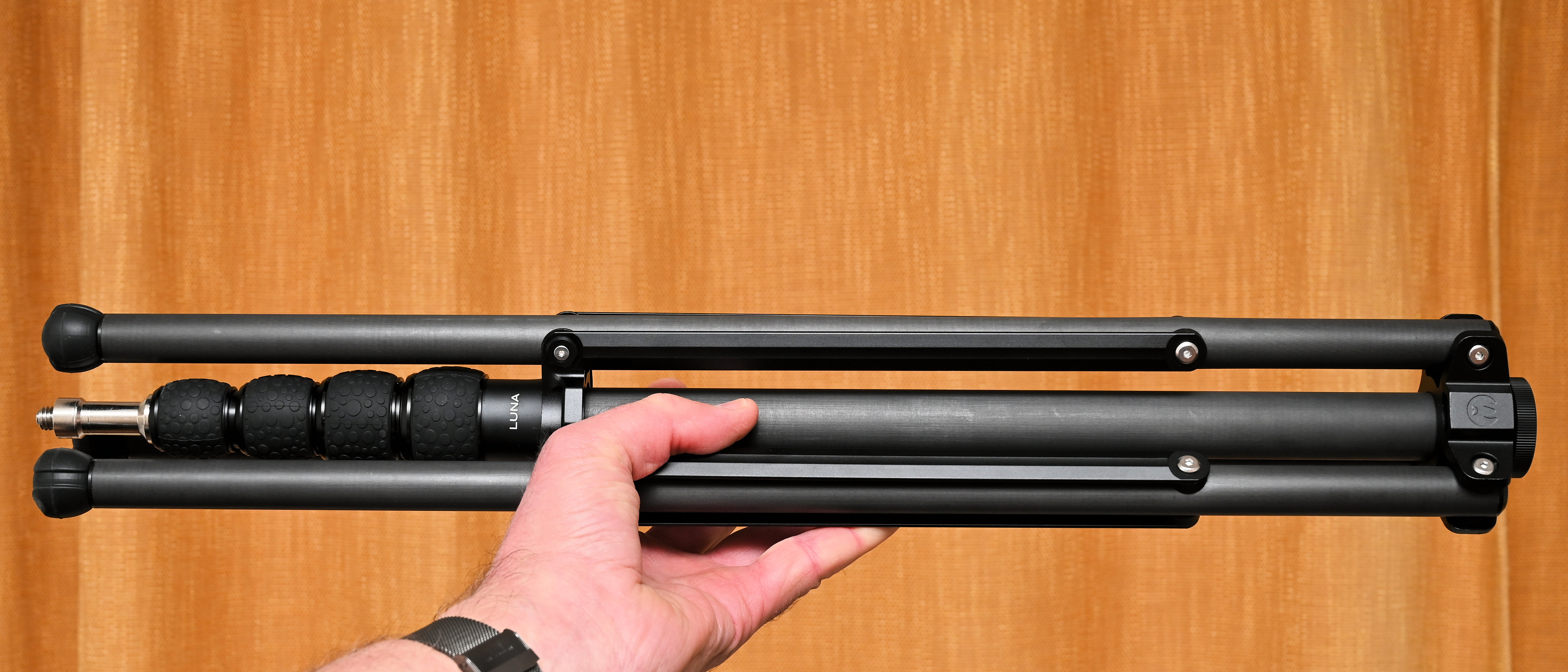Wildlife pro’s amazing short-eared owl images captured on the new Nikon Z9
Pro photographer Andrew Mason swapped his Nikon D5 and D850 for two Nikon Z9s and hasn’t looked back
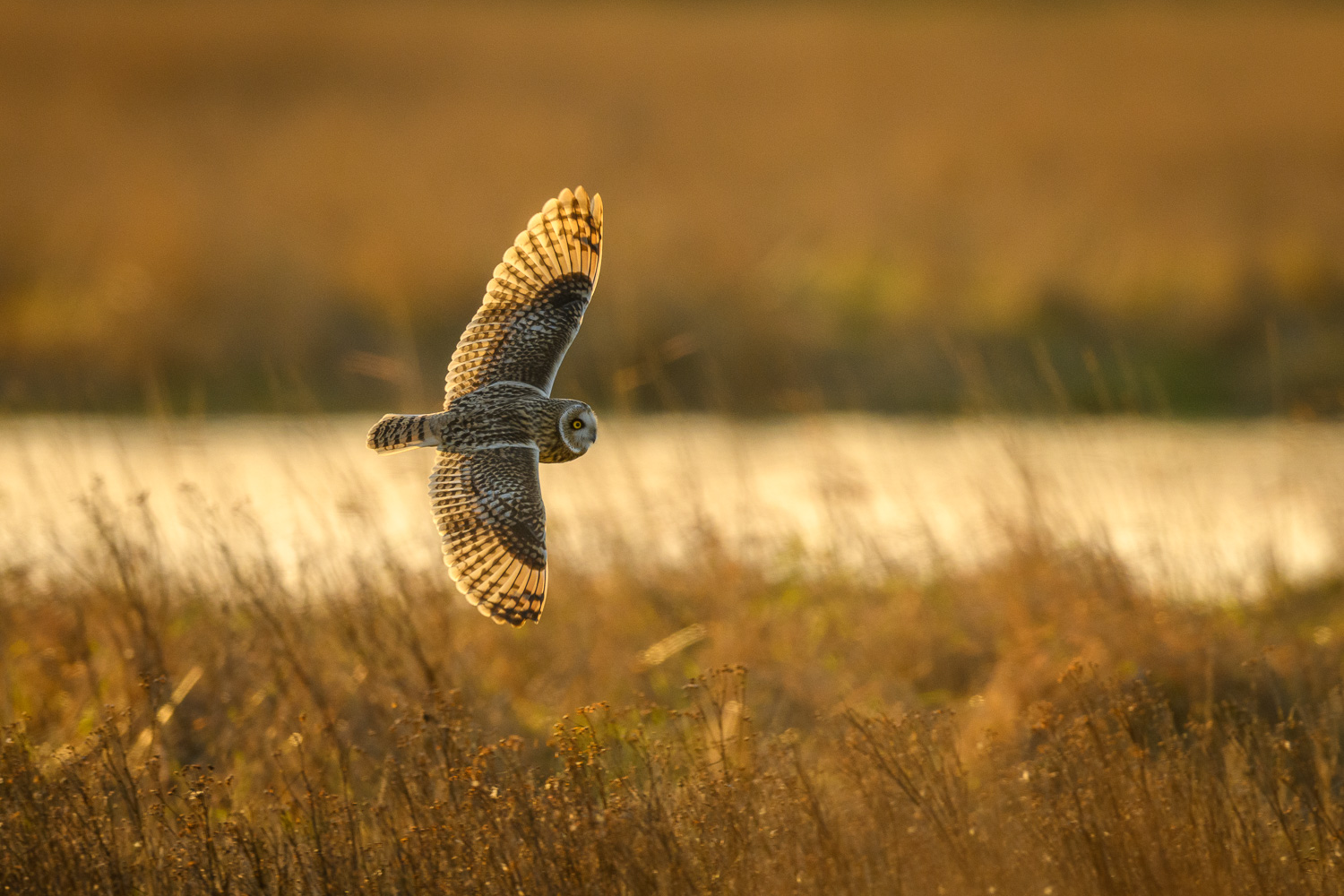
Pro photographers are keen early adopters but also cautious about swapping systems wholesale. Andrew Mason is no exception, and although he had already tried out Nikon’s mirrorless system, it was the Nikon Z9 that won him over – and the Nikon FTZ II adaptor, which enabled him to keep using some of his existing (and very expensive) super-telephoto lenses with the new camera.
“Last summer, Nikon loaned me a Z6II and Z7 for several months which I used with the original FTZ adapter on my F Mount lenses. I really liked the Z6II and Z7, clearly they had been designed from the bottom up rather than adapting a film camera to digital. The autofocus on the Z6II and Z7 was very accurate but slower than my D5 and D850s. I could see that mirrorless was the future but I needed the autofocus speed of the D5 and D850.“
While it’s easy for amateurs and enthusiasts to see the advantages of mirrorless, pro DSLRs have been honed to a peak of performance, and mirrorless AF is only now on the cusp of improving on them.
Andrew says: “With the Z9, the improved autofocus meant it was time to go mirrorless. I have traded in my two D850s and now have two Z9s. I have kept my D5 for low light wildlife.”
When you swap from DSLR to mirrorless like this, does it mean you also have to replace all your lenses with new mirrorless versions? Can Nikon’s FTZ adaptor keep older lenses in play for a little longer… maybe forever?
“I have changed my Nikon 14-24 f2.8, 24-70 f2.8 and 70-200mm f2.8 lenses for the new Z Mount equivalent lenses. I have kept my Nikon F Mount 600mm FL f4 and 180-400mm f4 TC1.4 lenses, as currently there are no equivalent Z Mount lenses.”
• Read more: Canon EOS R3 vs Nikon Z9
Get the Digital Camera World Newsletter
The best camera deals, reviews, product advice, and unmissable photography news, direct to your inbox!
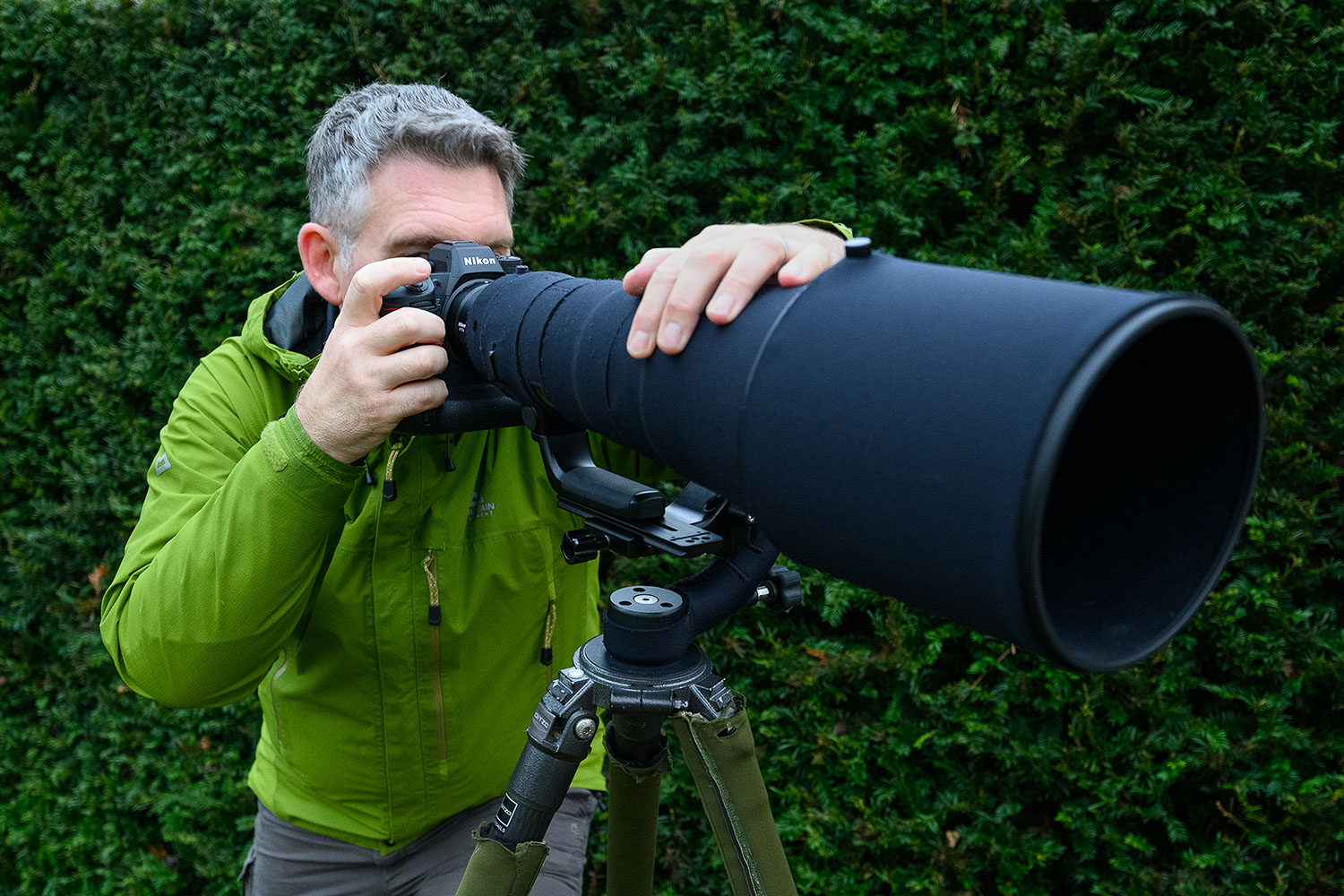
Nikon Z9 autofocus and the Nikon FTZ adapter
Can the Z9 improve on the autofocus performance of the D850 and D5, even while using the same lenses via the Nikon FTZ adaptor? That’s going to be a key question for anyone migrating from a DSLR to mirrorless within the same brand.
Andrew says: “I have used the Z9 with the FTZII adapter with Nikon’s F Mount 600mm FL f4 lens (with and without the Nikon 1.4 teleconverter) and with the Nikon F Mount 180-400mm f4 TC 1.4 lens. The autofocus of the Z9 with the FTZII adapter on these two F Mount lenses is as fast, if not faster than with my D5 and the D850. Photographing birds in flight is a great real world test of autofocus. I photographed the short eared owls backlit, shooting towards the setting sun late in the afternoon. Shooting into the sun is even more demanding for autofocus. I used AF-C with Wide-area AF (Large) and Animal subject detection selected. The Z9 found and locked onto the owls eyes, it really works. I also found I could move the focus area out to the peripheries, which I cannot do with the D5 or D850. In all cases the autofocus was fast and accurate with and without the teleconverter."

Nikon Z9 buffer capacity
DSLRs like the Nikon D5 were built for speed and buffer capacity, but how does a high-speed, high-resolution ‘hybrid’ like the Nikon Z9 stack up?
“I used SanDisk Extreme PRO CFexpress 128 GB cards (Read 1700 MB/s Write 1200 MB/s). Shooting the new Lossless Compressed RAW format at 20fps. I never had any lock up issues with the buffer. The increased burst speed of up to 20fps for RAW images is an advantage when shooting wildlife, as you can catch the critical moment.”
“As the Z9 has no mechanical shutter, it makes virtually no noise, unless you elect to have the speaker on (there is a small amount of noise from the lenses), which is a real advantage when photographing sensitive wildlife.”

Nikon Z9 image quality
Andrew’s previous cameras were a Nikon D850 and a Nikon D5. The Z9 can clearly match or beat the D5 for speed, so can it also match the D850 for image quality?
“Image quality is on par with if not better than the D850. The Z9’s high resolution allows cropping for wildlife to tweak compositions. The Z9’s high resolution also allows images to be down sized which has the effect of reducing image noise giving a lower resolution but cleaner image; this is useful when shooting wildlife in low light using high ISO. “
Andrew reckons the Z9 has other image quality advantages which open up the gap: “With the high resolution of the D850, to get sharp images I had to use a faster shutter speed than with the lower resolution D5. As the Z9 has no mirror or mechanical shutter there is no mechanical vibration when shooting, unlike the D850. Together with the in-body stabilisation, the Z9 will allow me to use a slower shutter speed than with the D850 resulting in lower ISO and cleaner images.”
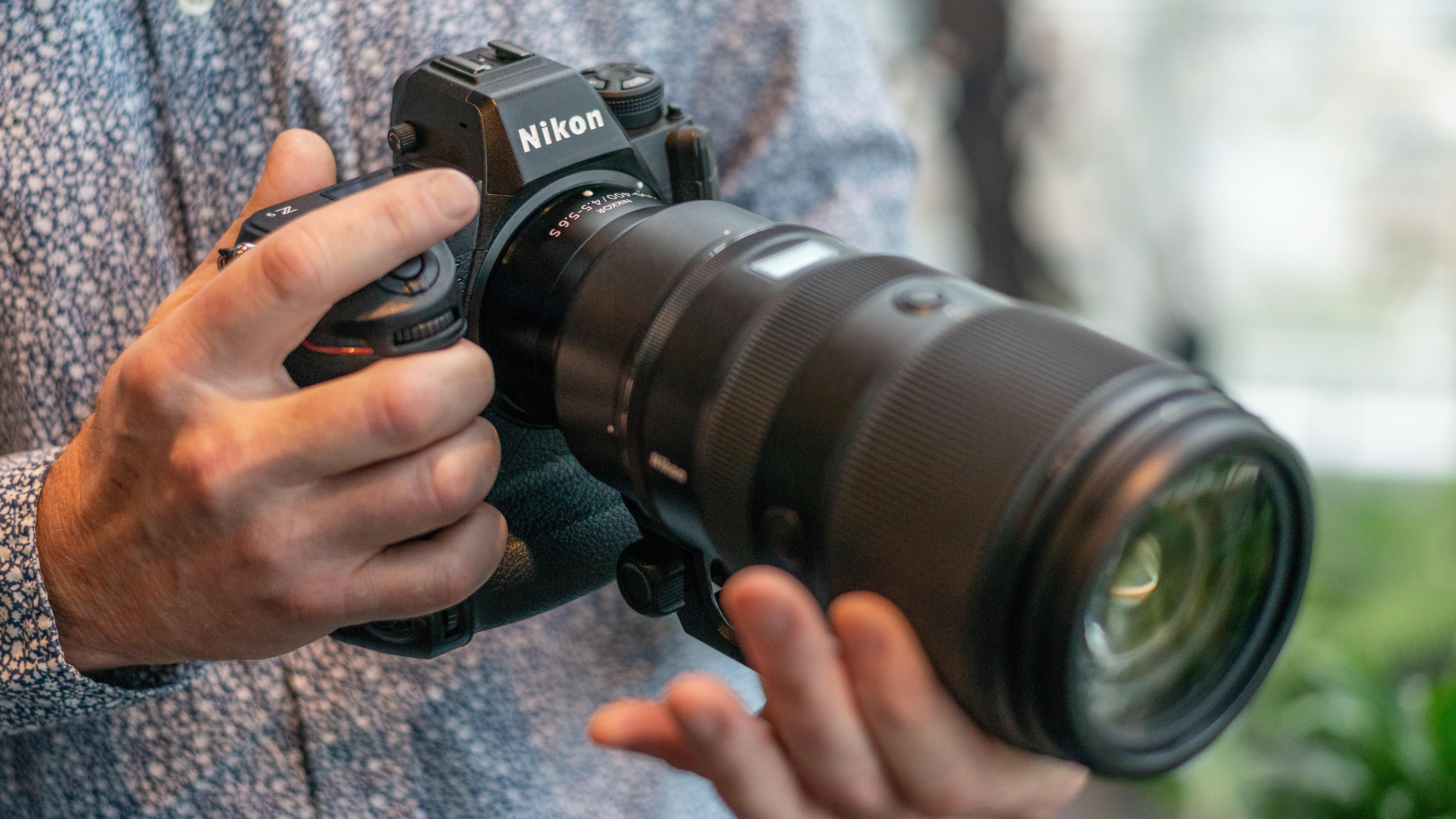
Final thoughts: Nikon Z9 vs DSLR handling
Pro DSLRs like the Nikon D850 and D5 are big and hefty, which can be an advantage with the big and heavy lenses used for wildlife photography. So what does Andrew think of their mirrorless replacement?
“The ergonomics are familiar Nikon but an improvement on the D5 and D850. I have big hands and the Z9 fits well. I much prefer the pro bodies which have buttons etc for vertical shooting rather than having to use an additional battery grip. The Z9’s rear LCD is positioned on the left which means all of the buttons are on the right hand side unlike the D5 where the LCD is more in the middle with buttons on both sides. This makes it easier to use and select the button. The front function buttons are well positioned and easy to use. The Z9 with the FTZ II adapter balances well on the Nikon F Mount 600mm FL f4 lens.”
NOTE: You have to use the new Nikon FTZ II adapter with the Z9, as the tripod mount on the original FTZ adapter gets in the way when shooting vertically.
We’ll publish a full review of the Nikon Z9 when we get one in from testing. In the meantime, this pro wildlife photographer’s experiences suggest the Z9 could prove a true and capable successor to Nikon’s highly rated pro DSLRs.
Read more:
• Best Nikon cameras
• Best professional cameras
• Nikon Z9 announced
• Nikon Z9 hands on
• Best Nikon Z lenses
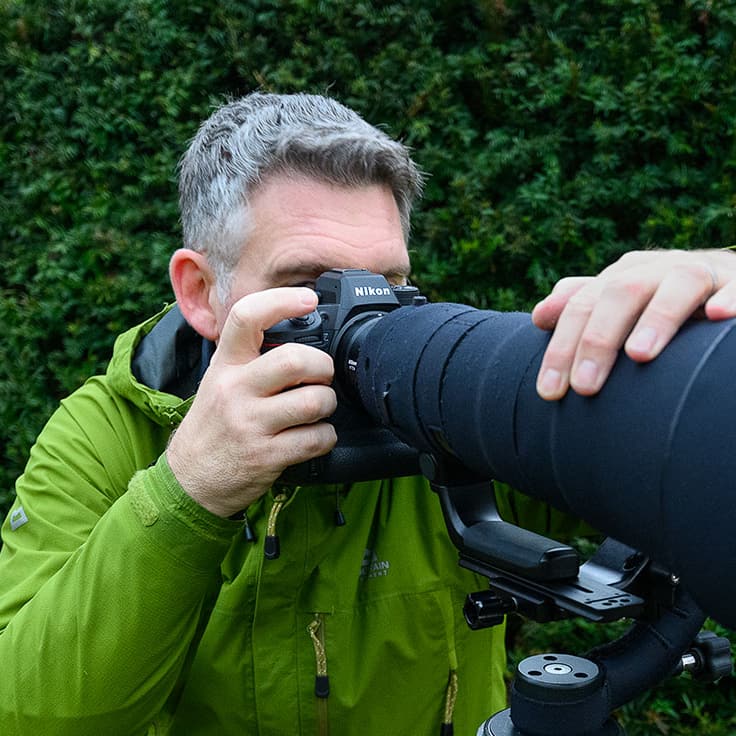
Andrew Mason is a full-time wildlife and landscape photographer. His work is represented by RSPB Images, FLPA Images of Nature and Alamy. He writes about wildlife and landscape photography for, and provides images to, magazines and other publications. He leads photography workshops and tours for Naturetrek, which runs wildlife tours to all seven continents. Check out his work at www.andrewmasonphoto.com.
